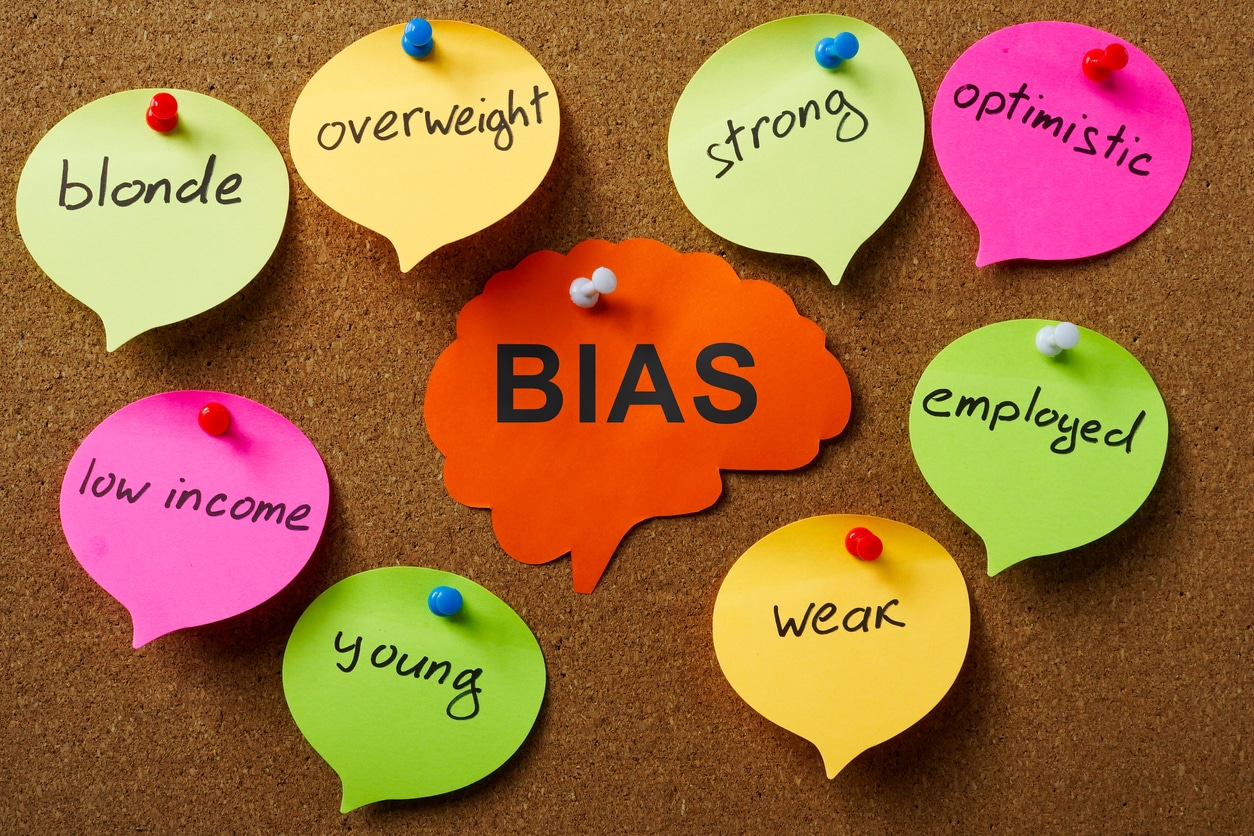Bias is a subtle but powerful force shaping how decisions are made, relationships are formed, and opportunities are distributed in the workplace. It often operates beneath the surface of our awareness, influencing actions in ways that can undermine fairness and inclusivity. Tackling bias doesn’t require sweeping overhauls or complicated systems—it starts with understanding what bias is and cultivating a mindset of curiosity and action to interrupt it in real time.
What Is Bias and Why Should We Care?
Bias, at its core, is a preference or inclination that affects judgment. It’s not inherently malicious; in fact, many biases stem from mental shortcuts that help us navigate complex environments. But when those shortcuts lead to unfair or inaccurate conclusions about others, they become a problem.
For example, affinity bias—the tendency to favor those who are similar to us—might make us unconsciously overlook a highly qualified candidate because they don’t share our background or interests. Similarly, confirmation bias might lead a manager to interpret an employee’s quiet demeanor as disengagement because it aligns with a preexisting belief.
Recognizing bias is important because unchecked assumptions can create barriers to equity and trust. To create workplaces where everyone feels valued and supported, we must first understand how bias works and develop strategies to address it.
The Power of Education and Curiosity
One of the most effective ways to mitigate bias is by educating ourselves and approaching situations with curiosity. It’s important to understand that everyone has biases and we can learn how to mitigate them.
- Start with awareness by reflecting on your own assumptions and how they may shape your interactions and decisions. One effective way to uncover unconscious preferences is through self-reflection exercises, such as keeping a bias journal. After meetings or decisions, take a moment to ask yourself:
- Did I make any assumptions about someone based on their appearance, role, or background?
- Did I give equal weight to everyone’s contributions, or did personal preferences influence me?
- Curiosity is a powerful antidote to bias. When you notice yourself making a snap judgment, pause and ask, “Why do I think this?” or “What might I be missing?” This creates space to consider alternative perspectives and challenge initial assumptions.
- Bias often thrives in environments where people don’t feel heard. By listening deeply to others—especially those with different backgrounds or experiences—you can uncover insights that challenge stereotypes and broaden your perspective.
- Reading, watching, or listening to stories from people with different experiences can help disrupt stereotypes. Books, podcasts, and films that center on marginalized voices are invaluable tools for expanding your understanding.
Normalizing Bias Interruption
Education and curiosity lay the groundwork, but lasting change happens when we take action to interrupt bias in the moment. Interrupting bias doesn’t have to feel confrontational. Instead, think of it as a way to encourage shared responsibility for creating fairer outcomes.
- One of the simplest ways to interrupt bias is to slow down decision-making. Before making a judgment or taking an action, pause and consider, “Am I being influenced by an assumption or stereotype?”
- Naming a bias in real time doesn’t have to be adversarial. In fact, normalizing bias interruption involves creating a culture where these conversations are expected and constructive. For instance, you might say, “I wonder if we’re leaning toward this candidate because they remind us of someone else we’ve worked with. Should we take another look at the criteria we set?”
- Small moments can lead to big changes. If you hear a colleague make a biased comment, respond with curiosity rather than judgment. For example: “Can you tell me more about why you think that?” This approach opens dialogue rather than shutting it down, creating space for reflection and learning.
- Leaders play a crucial role in modeling bias interruption. A simple way to start is by being transparent about your own efforts. For example: “I realized I was favoring certain candidates because they came from similar backgrounds to mine. I’ve started using a checklist to ensure I’m evaluating everyone fairly.”
Why Curiosity and Action Matter
The combination of curiosity and bias interruption is transformative because it shifts the focus from blame to growth. Instead of fearing mistakes, individuals and teams can embrace opportunities to learn and improve.
When curiosity becomes a habit, it changes how we approach decisions, relationships, and challenges. It encourages us to seek out different perspectives, question assumptions, and push back against the status quo. When bias interruption becomes normalized, it creates an environment where fairness and inclusion are no longer aspirations—they’re everyday practices.
Moving Forward
Bias doesn’t disappear on its own—it shifts when we’re able to notice it, question it, and challenge it together. When we embrace curiosity and commit to interrupting bias, we’re not just improving our workplaces—we’re building a culture where fairness and belonging are woven into every interaction, making the workplace work for everyone.




